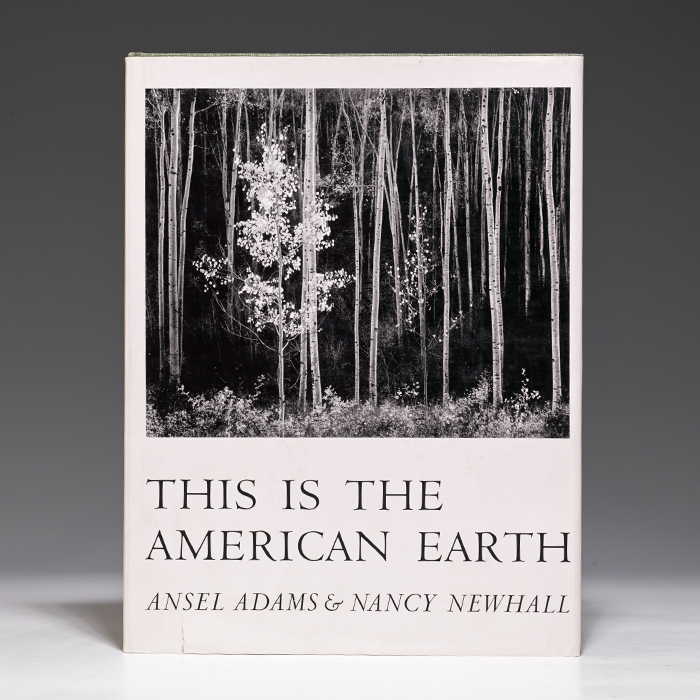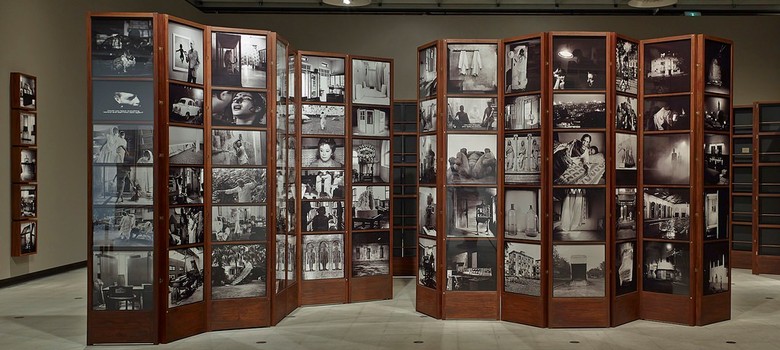Have you ever wondered about the necessity of coffee table books? What purpose do they serve – pure artistic manifestations or collectables? This author dives into the world of coffee books to tell you all about them.
In a world inundated with digital content, coffee table books (CTB) serve as relics of a bygone era, serving as tangible reminders of the joy of holding a physical book in your hands. These oversized tomes, often laden with sumptuous visuals and captivating narratives, adorn living rooms, offices, and waiting areas around the globe. Beyond their decorative role, CTB serve a multifaceted purpose, blurring the lines between collectables, investments, and purely artistic expressions.
In this think piece, we embark on a journey to explore the enchanting world of CTB, dissecting their allure and assessing whether they are primarily collectables, careful investments, pure artistic manifestations, or all three.
- The Allure of Coffee Table Books
- History and Evolution of Coffee Table Books
- Collectables: Chasing Rarity and Beauty
- Investments: Coffee Table Books as Financial Assets
- Purely Artistic Expressions: The Marriage of Art and Literature
- Conversation Starters: Bridging Generations and Cultures
- Conclusion: The Joy of Tangibility
The Allure of Coffee Table Books
Before we dive into the multifaceted nature of coffee table books, let’s first unpack what makes these volumes so irresistible. Imagine walking into a well-appointed living room, where a beautifully designed book beckons from a coffee table. Its cover is adorned with a stunning photograph, and its pages promise a visual feast. As you thumb through its glossy leaves, you are transported to far-off lands, introduced to captivating art, or immersed in the rich history of a distant culture. It’s a sensory experience that transcends the ordinary; it’s the allure of coffee table books.
These books are not just meant to be read but experienced. The tactile pleasure of turning pages, the weight of the book in your hands, and the sheer visual impact of their content make them irresistible additions to any space. But what lies beneath this aesthetic appeal?
History and Evolution of Coffee Table Books
The history of CTB is a tale of transformation. They didn’t just spring into existence alongside the coffee table; their evolution is intertwined with societal changes, shifts in printing technology, and the growing appreciation for the visual arts.
The term “coffee table book” was popularised in the mid-20th century, but its origins can be traced back to the 19th century. Wealthy Victorians, always keen to display their refined tastes, began adorning their coffee tables with oversized books filled with engravings, illustrations, and travel narratives. These books were not meant for private consumption but to flaunt knowledge and sophistication.

One of the first CTB to achieve widespread popularity was The American Earth, a book of photographs by Ansel Adams and text by David Brower. Published in 1960, the book was a celebration of the American landscape and helped to popularise the coffee table book genre. In the decades that followed, CTB became increasingly popular, and the range of topics they covered expanded significantly. Today, there are CTB on virtually every subject imaginable, from fashion and design to travel and history.
Coffee table books have also evolved in terms of their production values. Early coffee table books were often printed on relatively low-quality paper and featured black-and-white photographs. However, as printing technology has improved, coffee table books have become increasingly sophisticated. Many coffee table books today are printed on high-quality paper with full-color photographs and even special effects such as embossing and foil stamping.
As the 20th century progressed, coffee table books underwent a transformation. They became windows into the zeitgeist of their eras. Art movements, such as Art Deco and Art Nouveau, influenced their design. Publishers recognized the unique appeal of these books and began producing them on a larger scale, collaborating with renowned artists, photographers, and writers.
The defining feature of coffee table books is their ability to transport readers. Whether through breathtaking photographs of natural wonders or in-depth explorations of art movements, these books allow readers to escape to distant realms without leaving the comfort of their homes. This transformative power has solidified their place in the cultural landscape.
Collectables: Chasing Rarity and Beauty
One of the most compelling aspects of coffee table books is their allure as collectables. Collectors are drawn to these books like moths to a flame, seeking rare editions, limited releases, and books with unique provenance. The thrill of the hunt, the joy of discovery, and the satisfaction of owning a coveted piece all contribute to the collectible appeal of coffee table books.
Collectors are not merely amassing books; they are curating collections. These collections often reflect the collector’s interests, passions, and tastes. Some collectors focus on a particular genre, such as photography, art, or travel, while others seek books associated with iconic artists or photographers.
The value of collectible coffee table books can be substantial. Limited editions, signed copies, or books featuring iconic art can fetch high prices in the collector’s market. For example, a signed copy of Annie Leibovitz: Photographs can command thousands of dollars, while a first edition of The Art of Walt Disney is a highly sought-after gem for Disney enthusiasts.
However, the world of collecting coffee table books is not without its challenges. The rarity of a book often drives its price, but it can also make it exceedingly difficult to find. Collectors must navigate auctions, estate sales, and rare book dealers to unearth these treasures. Additionally, the condition of a book is paramount; any damage or wear can significantly diminish its value.
Also Read: Why is ‘The Black Cauldron’ Disney’s Missed Horror Masterpiece?
Investments: Coffee Table Books as Financial Assets
Beyond their role as collectables, some view coffee table books as investments. The idea of investing in books may raise eyebrows, but for certain titles, it’s a well-established reality. Books, in general, have appreciated in value significantly over the years, and coffee table books are no exception.
Investors eye coffee table books with the potential for high returns; Limited editions, books associated with famous artists or photographers, and volumes featuring iconic imagery are particularly attractive. These books are cherished for their content and simultaneously perceived as financial assets.
For instance, Sebastião Salgado’s limited edition “Genesis” book, featuring his remarkable photographs of nature and humanity, was originally sold for a few thousand dollars. Over time, its value has soared, with some copies fetching tens of thousands of dollars in the secondary market.
There is an immense potential for significant financial returns, especially for highly sought-after coffee book editions. They tastefully allow diversification of investment portfolios, adding tangible assets with artistic and cultural value. But as investment warnings dictate, the market for coffee table book investments can be niche and volatile. It may take years for the value of certain books to appreciate significantly, thus making it a long-term investment.
Purely Artistic Expressions: The Marriage of Art and Literature
Beyond their allure as collectables and investments, coffee table books are, at their core, artistic expressions. They seamlessly blend the realms of art and literature, presenting information and narratives in visually captivating ways. Artists, photographers, and designers use coffee table books as canvases for their creativity. These books are not just showcases for their work but integral to their artistic visions. Every layout, every choice of paper, and every image placement is a deliberate artistic decision.
Coffee table books span a vast spectrum of genres and themes. Some transport readers to remote landscapes, capturing the majesty of nature through breathtaking photographs, while others delve into the world of fine art, providing deep insights into the creations of renowned artists. There are books dedicated to architecture, fashion, travel, history, and more, each meticulously crafted to convey information, emotion, and inspiration.

Consider Dayanita Singh: Museum Bhavan, a work of art in book form. This innovative publication unfolds like a personal museum, with a collection of miniature books that readers can arrange and rearrange to create their exhibitions. It’s a testament to the boundless creativity that coffee table books can embody.
Coffee table books serve as a tremendous platform for artists, photographers, and designers to showcase their work to a broad audience. Other art-form specialists highly regard the ability to transcend traditional book formats to deliver immersive artistic experiences. However, the saturation of the coffee table book market and the necessity to have a personal brand can make it challenging for new artists to gain recognition. The focus on aesthetics sometimes overshadows the content, leading to superficiality.
Also Read: Audiobooks and Productivity: Maximising Reading Time in a Busy World
Conversation Starters: Bridging Generations and Cultures
One unsung superpower of CTB is their ability to spark conversations. Whether you’re a guest in someone’s home or waiting in an office lobby, these books serve as conversation catalysts. They bridge generations, connect strangers, and provide a tangible reason to gather and engage.
Picture this scenario: You’re sitting in a cozy living room, waiting for a friend to join you. A coffee table book on travel destinations catches your eye. As you flip through its pages, you can’t help but strike up a conversation with your host about your favorite travel experiences. It’s a simple yet profound connection facilitated by the presence of a coffee table book.
These books serve as visual icebreakers. They invite curiosity and encourage exploration. In an age where face-to-face conversations are increasingly replaced by screens and gadgets, the role of coffee table books as conversation starters is more crucial than ever, reminding us of the power of shared experiences and the joy of discovery through storytelling.
Conclusion: The Joy of Tangibility
Today, coffee table books face an existential challenge—digital disruption. E-books, digital art galleries, and augmented reality experiences are reshaping the way we consume content, including the content typically found in coffee table books. Despite the rise of digital alternatives, physical coffee table books continue to hold a unique appeal. They offer a respite from the digital deluge, providing tangible and immersive experiences that no screen can replicate.
As we conclude our exploration of coffee table books, it’s clear that these volumes are more than just decorative objects. They are windows into the worlds of art, culture, and history, collectors’ treasures and investment opportunities – all in one. They are also canvases for artistic expression and conversation starters. Above all, CTB celebrate the joy of tangibility in an increasingly digital world.
So, the next time you spot a captivating coffee table book in a friend’s home or a waiting room, don’t hesitate to pick it up. Flip through its pages and try to actively engage in a conversation with those around you through it. Who knows, maybe the tangible pleasure of a well-crafted coffee table book will be a treasure worth holding onto before it feigns into oblivion in the distant future.

